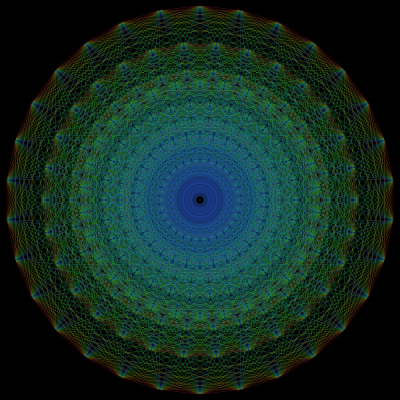AICN has a synopsis of the plot of the anime “Death Note” that makes it sound really quite intriguing:
The titular Death Note is a note pad of a shinigami (death god, comparable to the notion of a grim reaper), which allows its owner to dictate the time and cause of death for the victim whose name is inscribed on one of its pages. This is a very rule based process, starting with the clause that if no cause is specified within 40 seconds, the victim will die of a heart attack, and getting more complex from there.
Bored by the listlessness of his people, the shinigami Ryuk decides to amuse himself by dropping a Death Note into the human world. There, it is picked up by ace student Light Yagami. To Ryuk’s amusement, Light proves unphased by the power to kill, the revelation that shinigami exist, or that using the Death Note ensures that a human will neither travel to heaven or hell upon death. After using the book to kill, the only repercussion incurred is that the user’s name will be written in the book by its original shinigami owner upon the user’s death.
When it comes to shock, Light is revealed to have iron fortitude. After the ability to kill on a whim is dropped into his lap, he proves able to compose himself and push forward with his agenda.
The certainty with which he embraces that power makes Light an intriguing character.
The description of Light as a character both arrogant and idealistic make for a very righteous archetype, like a paladin convincing himself of the greater good and a ends-justify-means crusade. I am reminded of the Kingpriest from Dragonlance Chronicles as well. At any rate, I’ll see if I can find the torrents for this one.
I am also determined to watch Sayonara Zetsubou Sensei – though from what I read at Astro’s, its unclear if the fansubbers will finish subbing season 1. I’m also fascinated by the premise of Moyashimon, which has the visual appeal of a science lab on LSD. My friend Jon also dropped by Marshfield on his way home to Appleton from the Twin Cities, and brought Read or Die (the pilot as well as the full season), Ranma, Ergo Proxy, FateStayNight, Gankutsuou, Noir, and Samurai7. That’s a feast of anime that should keep me and my baby daughter fed through the holiday season (I typically watch anime while bottle-feeding her; we both just zone out and do our respective thing). Suggestions as to which I should tackle first are welcome (and requested).
I also have to get off my arse and write something about The Girl who Leapt, Twelve Kingdoms, and (waaaay overdue) Someday’s Dreamers. However, of late I’ve been distracted by something decidedly non-anime: Heroes. More on that later 🙂

